Home>diy>Building & Construction>What Is Construction Safety Management
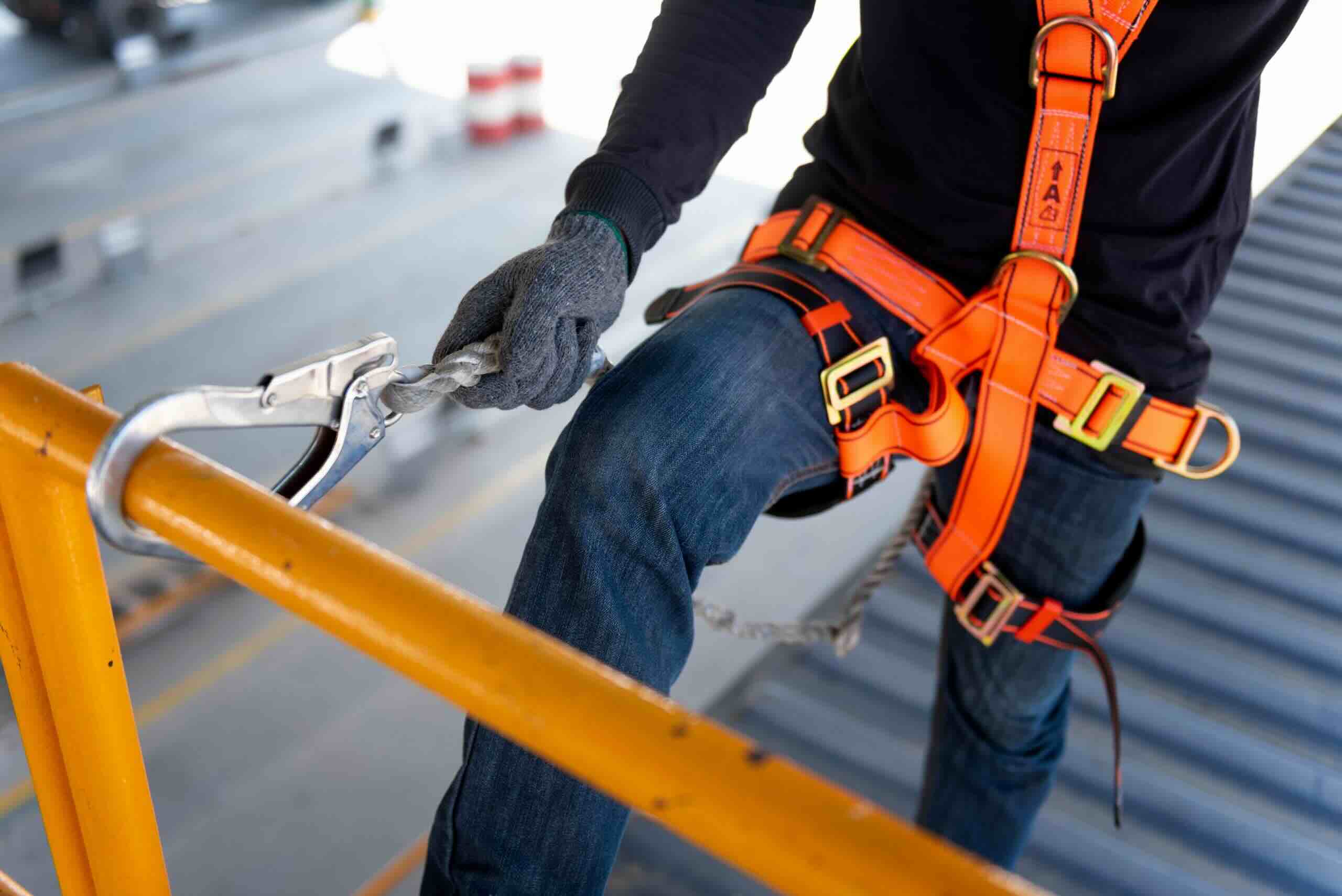

Building & Construction
What Is Construction Safety Management
Modified: January 23, 2024
Learn everything about construction safety management in building construction to ensure a safe and secure work environment.
(Many of the links in this article redirect to a specific reviewed product. Your purchase of these products through affiliate links helps to generate commission for Storables.com, at no extra cost. Learn more)
Introduction
Welcome to the world of construction safety management, where the well-being of workers and the integrity of construction projects converge. In the fast-paced and ever-evolving field of construction, safety management plays a vital role in safeguarding lives and ensuring project success. It involves implementing comprehensive and proactive measures to identify, evaluate, and control potential risks and hazards within construction sites.
Construction safety management is a systematic approach that integrates safety practices into every aspect of the construction process. It entails the application of industry-specific regulations, best practices, and protocols to create a safe working environment for all stakeholders involved.
In this article, we will explore the definition, importance, responsibilities, elements, steps, benefits, and challenges of construction safety management. We will also provide strategies on how to overcome these challenges and ensure the effective implementation of safety management systems.
Key Takeaways:
- Construction safety management is crucial for protecting workers, reducing accidents, and enhancing project success. It involves leadership commitment, hazard identification, continuous improvement, and collaboration with subcontractors.
- Overcoming challenges in construction safety management requires strong leadership, effective communication, continuous education, collaboration, and allocation of sufficient resources. Prioritizing safety creates a safer and more prosperous construction industry.
Read more: What Is Construction Management
Definition of Construction Safety Management
Construction safety management refers to the process of identifying, evaluating, and controlling potential hazards and risks within construction sites. It involves the implementation of safety protocols, policies, and procedures to minimize accidents, injuries, and fatalities associated with construction activities.
Effective construction safety management encompasses various aspects, including hazard identification, risk assessment, training and education, enforcement of safety regulations, and continuous monitoring and improvement. It aims to create a culture of safety that permeates throughout all levels of the construction project, from planning and design to execution and completion.
A construction safety management system acts as the framework for implementing and maintaining safety practices on construction sites. It brings together all stakeholders, including project managers, supervisors, contractors, workers, and safety professionals, to collaborate in ensuring a safe working environment.
The construction industry poses inherent risks due to the complex nature of projects, involvement of heavy machinery, elevated work areas, and exposure to hazardous materials. Construction safety management is essential to mitigate these risks and protect the well-being of workers.
By adhering to industry standards and regulations, construction safety management aims to prevent accidents, injuries, and illnesses, ultimately reducing the financial and legal liabilities faced by construction companies.
In summary, construction safety management is a comprehensive approach to minimize the risks and hazards associated with construction activities. It involves implementing safety protocols, educating workers, enforcing regulations, and continuously improving safety practices to create a safe work environment for all construction stakeholders.
Importance of Construction Safety Management
Construction safety management plays a crucial role in the construction industry for several reasons:
- Protection of Workers: The primary importance of construction safety management is to protect the well-being and lives of workers. Construction sites are inherently hazardous, with risks such as falls, electrocution, heavy machinery accidents, and exposure to harmful substances. Implementing proper safety measures ensures that workers can perform their tasks in a secure and protected environment.
- Legal and Financial Obligations: Construction safety management helps companies meet legal obligations and regulatory requirements. Governments and regulatory bodies have established safety standards that must be adhered to on construction sites. Failure to comply can result in severe penalties and legal consequences. By implementing a robust safety management system, construction companies can avoid legal issues and financial liabilities.
- Reduced Accidents and Incidents: A well-executed construction safety management system significantly reduces the occurrence of accidents, injuries, and property damage. By identifying and addressing potential hazards proactively, construction sites are made safer, thus minimizing the risk of accidents that can harm workers and disrupt project timelines. This ultimately leads to improved project performance and cost savings.
- Enhanced Productivity and Efficiency: When workers feel safe and confident in their environment, they can focus on their tasks and perform more efficiently. Implementing proper safety protocols and providing adequate training and resources contribute to a positive work culture and increased productivity. Additionally, by preventing accidents and injuries, construction projects can avoid delays, rework, and additional costs.
- Improved Reputation: Construction companies with a strong commitment to safety management are perceived as reliable, responsible, and trustworthy by clients, stakeholders, and the community. A good safety record enhances a company’s reputation, increases client confidence, and can lead to more business opportunities.
In summary, construction safety management is of paramount importance for the protection of workers, legal and financial compliance, reducing accidents and incidents, enhancing productivity, and improving the reputation of construction companies. By prioritizing safety, construction projects can operate more efficiently, reduce risks, and create a positive and secure working environment for all involved.
Responsibilities of Construction Safety Managers
Construction safety managers play a critical role in ensuring the implementation and enforcement of safety protocols within construction sites. Their primary responsibilities include:
- Risk Assessment and Hazard Identification: Construction safety managers are responsible for conducting thorough risk assessments and identifying potential hazards within the construction site. This involves evaluating the work environment, equipment, materials, and processes to identify any safety risks. They must develop strategies to mitigate these risks and create a safe working environment.
- Development of Safety Procedures and Policies: Construction safety managers are tasked with developing and implementing safety procedures and policies specific to the construction site. They establish guidelines and protocols for various tasks and activities, such as working at heights, operating machinery, handling hazardous materials, and working in confined spaces. These procedures ensure that workers are aware of their responsibilities and have the necessary information to work safely.
- Training and Education: Construction safety managers are responsible for providing training and education to workers on safety practices and procedures. They conduct safety orientations for new employees and ensure that all workers receive regular training and updates on safety protocols. This includes topics such as proper equipment usage, safe work practices, emergency response procedures, and personal protective equipment (PPE) requirements.
- Enforcement of Safety Regulations: Construction safety managers enforce safety regulations and ensure compliance with local, state, and federal safety standards. They conduct regular inspections and audits to identify any violations and take corrective actions to address non-compliance. This may involve issuing safety warnings, retraining workers, or implementing disciplinary measures as necessary.
- Incident and Accident Investigation: In the event of an incident or accident, construction safety managers are responsible for conducting thorough investigations to determine the root causes. They analyze the circumstances surrounding the incident, identify contributing factors, and develop strategies to prevent similar incidents in the future. This includes updating safety procedures or implementing additional safety measures.
- Documentation and Reporting: Construction safety managers maintain detailed documentation of safety procedures, incidents, and accidents for record-keeping and reporting purposes. They compile safety reports, maintain safety records, and ensure that all necessary documentation is up-to-date and easily accessible.
- Continuous Improvement: Construction safety managers are committed to continuous improvement in safety practices. They stay updated on industry trends, technological advancements, and regulatory changes related to construction safety. They seek opportunities to enhance safety measures, implement best practices, and promote a culture of safety within the construction site.
In summary, construction safety managers have a wide range of responsibilities, including risk assessment, policy development, training, enforcement of safety regulations, incident investigation, documentation, and continuous improvement. Their role is essential in creating a safe working environment and ensuring the well-being of all workers involved in construction projects.
Elements of an Effective Construction Safety Management System
An effective construction safety management system encompasses several key elements that work together to create a safe and secure working environment. These elements include:
- Leadership and Commitment: A strong commitment from management is crucial for the success of a construction safety management system. Leaders should prioritize safety, set clear expectations, allocate resources, and actively participate in safety initiatives.
- Hazard Identification and Risk Assessment: Regular hazard identification and risk assessment are essential components of a safety management system. This involves identifying potential hazards related to tasks, machinery, materials, and work environments, and assessing the level of risk associated with each hazard.
- Safety Policies and Procedures: Well-defined safety policies and procedures provide clear guidance on how to perform tasks safely. These should cover areas such as personal protective equipment (PPE), equipment usage, emergency preparedness, and safe work practices.
- Training and Education: Ongoing training and education are critical for promoting safety awareness and ensuring that workers have the knowledge and skills to work safely. Training programs should cover topics specific to the construction industry, such as fall protection, hazard communication, and equipment operation.
- Communication and Engagement: Effective communication is vital for maintaining a strong safety culture. Regular safety meetings, toolbox talks, and safety reminders help to reinforce safety messages and encourage worker engagement. It is important to create channels for workers to report safety concerns or suggest improvements.
- Incident Reporting and Investigation: A robust incident reporting and investigation process allows for a systematic analysis of incidents and near-misses. This helps in identifying root causes and implementing corrective actions to prevent similar incidents in the future.
- Monitoring and Evaluation: Regular monitoring and evaluation of safety performance enable the identification of gaps and areas for improvement. This can be done through inspections, audits, and data analysis to track safety metrics and trends.
- Continuous Improvement: A culture of continuous improvement is essential for the success of a safety management system. This involves regularly reviewing and updating safety policies, procedures, and practices to reflect changes in regulations, industry standards, and lessons learned from incidents.
- Contractor Management: It is important to ensure that subcontractors and other external partners adhere to the same safety standards as the primary contractor. Clear expectations, communication, and collaboration with contractors are necessary to maintain a unified safety approach.
In summary, an effective construction safety management system comprises elements such as leadership commitment, hazard identification and risk assessment, comprehensive safety policies and procedures, training and education, open communication, incident reporting and investigation, monitoring and evaluation, continuous improvement, and contractor management. When these elements are integrated and implemented, they create a comprehensive safety framework that protects the well-being of workers and enhances project success.
Always conduct a thorough risk assessment before starting any construction project. Identify potential hazards and implement safety measures to prevent accidents and injuries.
Read more: What Is Facility Management In Construction
Steps in Implementing Construction Safety Management
Implementing a construction safety management system requires careful planning and execution. The following steps can guide you in the process:
- Assess Current Safety Practices: Begin by evaluating your current safety practices and identifying any gaps or areas for improvement. This includes reviewing existing policies, procedures, training programs, and safety records.
- Set Safety Goals and Objectives: Establish clear safety goals and objectives that align with your company’s mission and values. These goals should be specific, measurable, achievable, relevant, and time-bound (SMART).
- Create a Safety Policy: Develop a comprehensive safety policy that outlines your commitment to safety, responsibilities of all stakeholders, and expectations for compliance. Ensure that the policy is communicated effectively to all employees and subcontractors.
- Identify Hazards and Assess Risks: Conduct a thorough hazard identification and risk assessment of your construction sites. Identify potential hazards and evaluate the level of risk associated with each. This will help prioritize safety measures and controls.
- Develop Safety Procedures: Based on the identified hazards and risks, develop safety procedures that address each specific task and area of concern. These procedures should outline the steps to be followed to mitigate risks and ensure safe work practices.
- Train and Educate Workers: Implement a comprehensive training and education program to ensure that all workers are equipped with the knowledge and skills necessary to work safely. Provide orientation for new hires and conduct regular safety training sessions for all employees.
- Establish Safety Committees and Representatives: Form safety committees composed of representatives from different levels of the organization. These committees will help foster a safety culture, facilitate communication, and drive continuous improvement.
- Communicate and Involve Employees: Regularly communicate safety messages and engage employees in safety discussions. Encourage open lines of communication for reporting hazards, incidents, and suggestions for improvement.
- Implement Safety Inspections and Audits: Conduct regular inspections and audits to ensure compliance with safety procedures and identify any potential deficiencies. Address any issues promptly and effectively.
- Monitor and Evaluate Performance: Continuously monitor and evaluate safety performance using leading and lagging indicators. Analyze data to identify trends, areas for improvement, and areas of success.
- Review and Improve: Regularly review and update your safety policies, procedures, and practices to reflect changing regulations, industry best practices, and lessons learned from incidents. Use feedback from employees and safety committees to drive continuous improvement.
By following these steps, you can successfully implement a construction safety management system that ensures the well-being of workers, minimizes risks, and contributes to the overall success of your construction projects.
Benefits of Construction Safety Management
Implementing a robust construction safety management system offers numerous benefits to construction companies and workers alike. Let’s explore some of the key advantages:
- Protection of Workers: The most significant benefit of construction safety management is the protection of workers. By implementing comprehensive safety measures, companies can minimize accidents, injuries, and fatalities, ensuring that workers return home safely every day.
- Increased Productivity: A safe working environment promotes productivity by minimizing distractions and creating a positive work atmosphere. When workers feel safe and confident, they can focus on their tasks, resulting in improved efficiency and higher-quality work.
- Reduced Costs: Effective construction safety management directly contributes to cost savings. By preventing accidents and injuries, companies can avoid medical expenses, worker compensation claims, legal fees, and potential project delays or rework caused by safety incidents.
- Enhanced Reputation: Construction safety management demonstrates a company’s commitment to the well-being of its workers and the community. A strong safety record enhances the company’s reputation and builds trust among clients, stakeholders, and the public, leading to increased business opportunities.
- Compliance with Regulations: By implementing a construction safety management system, companies can ensure compliance with local, state, and federal safety regulations and standards. This helps mitigate legal and regulatory risks and avoids potential penalties, fines, and legal consequences.
- Improved Employee Engagement: A comprehensive safety program that involves workers in safety measures fosters a culture of engagement and responsibility. When employees are actively involved in safety initiatives, they feel valued and motivated, leading to higher job satisfaction and retention rates.
- Decreased Downtime: Safety incidents can lead to project delays due to investigations, repairs, and workforce disruptions. With effective safety management, companies can minimize downtime and keep projects on track, ensuring timely completion and client satisfaction.
- Competitive Advantage: Construction companies that prioritize safety gain a competitive edge in the industry. Clients are more likely to choose contractors with a strong safety record, as it reflects a higher level of professionalism, reliability, and attention to detail.
Overall, construction safety management provides numerous benefits, including the protection of workers, increased productivity, cost savings, enhanced reputation, regulatory compliance, improved employee engagement, decreased downtime, and a competitive advantage in the construction industry. By investing in safety, companies can create a safer work environment, achieve better project outcomes, and establish themselves as leaders in the field.
Challenges in Construction Safety Management
Construction safety management faces several challenges that can hinder the effective implementation and enforcement of safety practices. It is important to be aware of these challenges in order to develop strategies to overcome them. Here are some major challenges:
- High-Risk Nature of Construction: The construction industry is inherently high-risk, with numerous potential hazards and complex work environments. Construction sites involve heavy machinery, working at heights, exposure to hazardous substances, and unpredictable weather conditions, making it challenging to manage and control safety risks.
- Dynamic and Fast-Paced Environment: Construction projects often have tight schedules and multiple activities happening simultaneously. This fast-paced environment can make it difficult to prioritize safety and ensure adequate time for planning and implementation of safety measures.
- Workforce Diversity: Construction projects involve diverse workforces, including contractors, subcontractors, and workers from different backgrounds and cultures. Language barriers, varying levels of training and experience, and differing safety attitudes can pose challenges in establishing consistent safety practices and communication.
- Resistance to Change: Resistance to change is a common challenge in implementing any new system or process. Some workers may resist safety measures, seeing them as additional burdens or hindrances to their work efficiency. Overcoming this resistance requires effective communication, training programs, and demonstrating the benefits of safety practices.
- Complex Legal and Regulatory Requirements: Construction safety is governed by complex legal and regulatory requirements that vary by jurisdiction. Staying up-to-date with these requirements, ensuring compliance, and navigating through the regulatory landscape can be challenging for construction companies.
- Subcontractor Management: Coordinating safety practices among various subcontractors and external partners can be challenging. Each subcontractor may have different safety protocols, training programs, and safety cultures. Ensuring consistent adherence to safety standards across the entire project requires clear communication, coordination, and monitoring.
- Costs and Resource Allocation: Implementing effective safety measures may require significant investments in training, equipment, and resources. Some construction companies may struggle with allocating sufficient budget and resources for safety, especially in competitive bidding situations or tight profit margins. Balancing cost considerations with safety priorities can be a challenge.
- Continuous Improvement: Building a culture of continuous improvement and maintaining safety awareness can be challenging in the long term. It requires ongoing commitment, monitoring, and evaluation to identify areas for improvement and ensure that safety practices evolve with changing industry standards and technologies.
In summary, construction safety management faces challenges such as the high-risk nature of construction, the dynamic and fast-paced environment, workforce diversity, resistance to change, complex legal and regulatory requirements, subcontractor management, costs and resource allocation, and the need for continuous improvement. By understanding and addressing these challenges, construction companies can enhance their safety programs and create safer work environments.
Strategies to Overcome Challenges in Construction Safety Management
Overcoming the challenges in construction safety management requires a proactive and comprehensive approach. Here are some strategies to tackle these challenges:
- Leadership Commitment: Strong leadership commitment is essential in creating a culture of safety. Leaders should prioritize safety, allocate resources, actively participate in safety initiatives, and demonstrate their commitment through consistent actions and communication.
- Effective Communication and Training: Clear and effective communication is crucial in overcoming challenges. Ensure that safety messages are communicated regularly and in a language that all workers understand. Implement comprehensive training programs that address language barriers, provide practical examples, and engage workers in interactive training sessions.
- Collaboration and Engagement: Foster collaboration and engagement among all stakeholders. Establish safety committees that include representatives from different levels of the organization, subcontractors, and workers. Encourage workers to actively participate by providing feedback, reporting hazards, and contributing to safety improvement initiatives.
- Continuous Education and Learning: Keep up with industry best practices, technological advancements, and changes in regulations. Invest in ongoing education and training for safety professionals, supervisors, and workers to ensure they are equipped with the latest knowledge and skills.
- Risk Assessment and Hazard Identification: Conduct thorough risk assessments and hazard identification to proactively identify and mitigate potential risks. Regularly review and update risk assessments as the project progresses or when changes occur in the environment or scope of work.
- Subcontractor Integration: Establish clear communication channels and expectations with subcontractors regarding safety standards and practices. Ensure that subcontractors are aligned with the same safety goals and have appropriate safety training and protocols in place.
- Empowerment and Ownership: Empower workers to take ownership of their own safety and the safety of their colleagues. Encourage them to identify and report hazards, participate in safety inspections, and offer suggestions for improvement.
- Technology and Innovation: Embrace technology and innovation to improve safety practices. Utilize tools such as wearables, sensors, and data analytics to monitor safety performance, identify trends, and proactively address potential risks.
- Continuous Improvement: Foster a culture of continuous improvement by regularly reviewing and evaluating safety practices. Implement a feedback loop to capture lessons learned from incidents and near-misses, and use this information to continually enhance safety procedures and training programs.
- Allocate Sufficient Resources: Allocate adequate resources for safety, including budget, time, and staffing. Ensure that safety considerations are integrated into the project planning and estimating process.
By implementing these strategies, construction companies can overcome challenges in construction safety management and create a safer work environment. Remember that safety is an ongoing process that requires commitment, collaboration, and continuous improvement. With a proactive and comprehensive approach, companies can mitigate risks, protect workers’ well-being, and enhance project success.
Read more: What Is Risk Management In Construction
Conclusion
Construction safety management is an essential aspect of the construction industry, aiming to protect workers, minimize risks, and ensure project success. By implementing a comprehensive safety management system, construction companies can create a safe and secure working environment that prioritizes the well-being of all stakeholders.
Throughout this article, we have explored the definition, importance, responsibilities, elements, steps, benefits, and challenges of construction safety management. We have seen that effective safety management involves leadership commitment, hazard identification, comprehensive safety policies, training and education, communication, incident investigation, monitoring and evaluation, continuous improvement, and contractor management.
The benefits of construction safety management are extensive and include the protection of workers, increased productivity, reduced costs, enhanced reputation, regulatory compliance, improved employee engagement, decreased downtime, and a competitive advantage in the industry.
However, implementing construction safety management also comes with its challenges. Overcoming these challenges requires strong leadership, effective communication, continuous education, collaboration, risk assessment, subcontractor integration, empowerment, and the allocation of sufficient resources.
In conclusion, construction safety management is not a one-time effort but an ongoing commitment to providing a safe working environment for everyone involved in construction projects. By prioritizing safety, construction companies can protect their workers, reduce costs, enhance their reputation, comply with regulations, and achieve greater success in the industry.
Remember, safety is everyone’s responsibility, and by working together, we can build a safer and more prosperous construction industry.
Frequently Asked Questions about What Is Construction Safety Management
Was this page helpful?
At Storables.com, we guarantee accurate and reliable information. Our content, validated by Expert Board Contributors, is crafted following stringent Editorial Policies. We're committed to providing you with well-researched, expert-backed insights for all your informational needs.
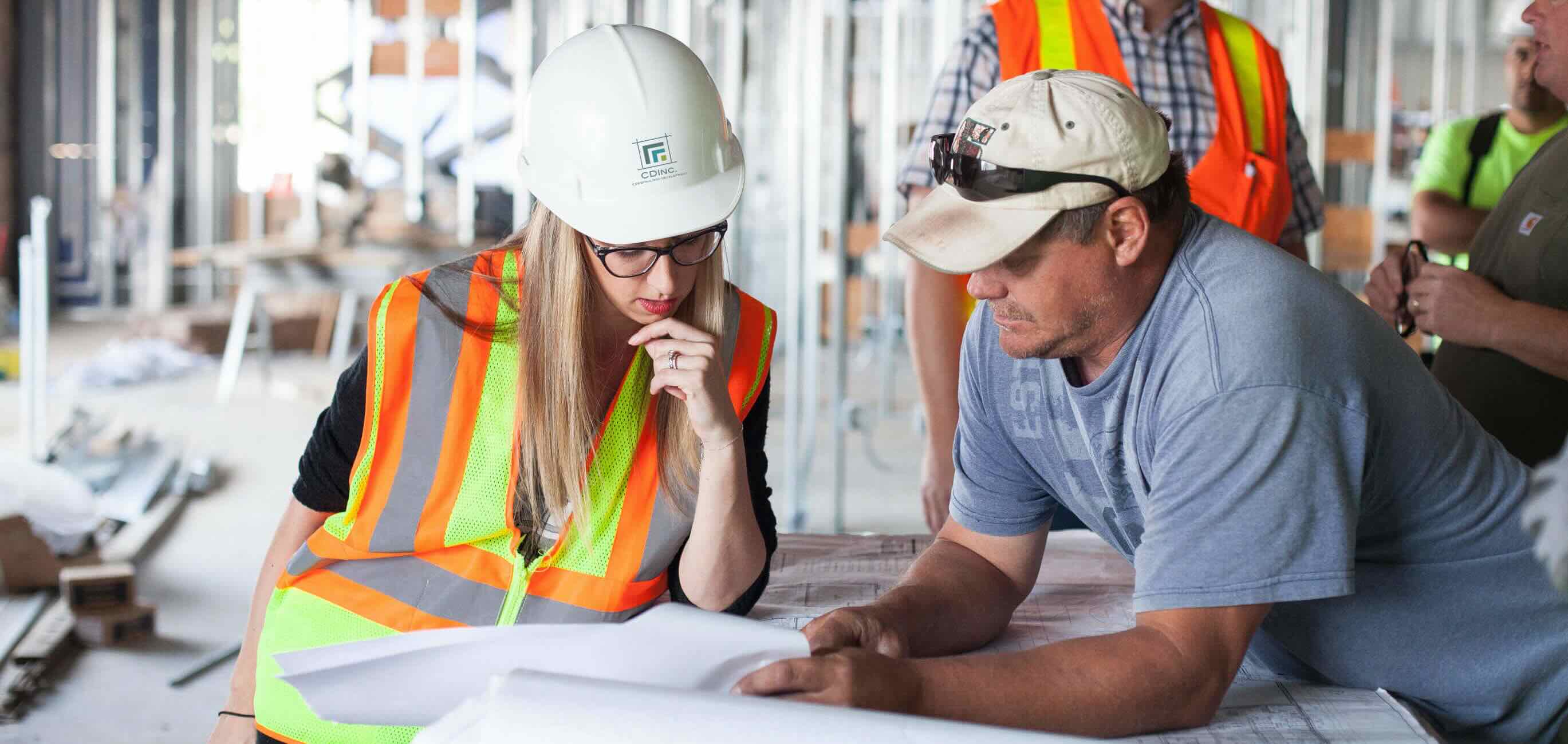
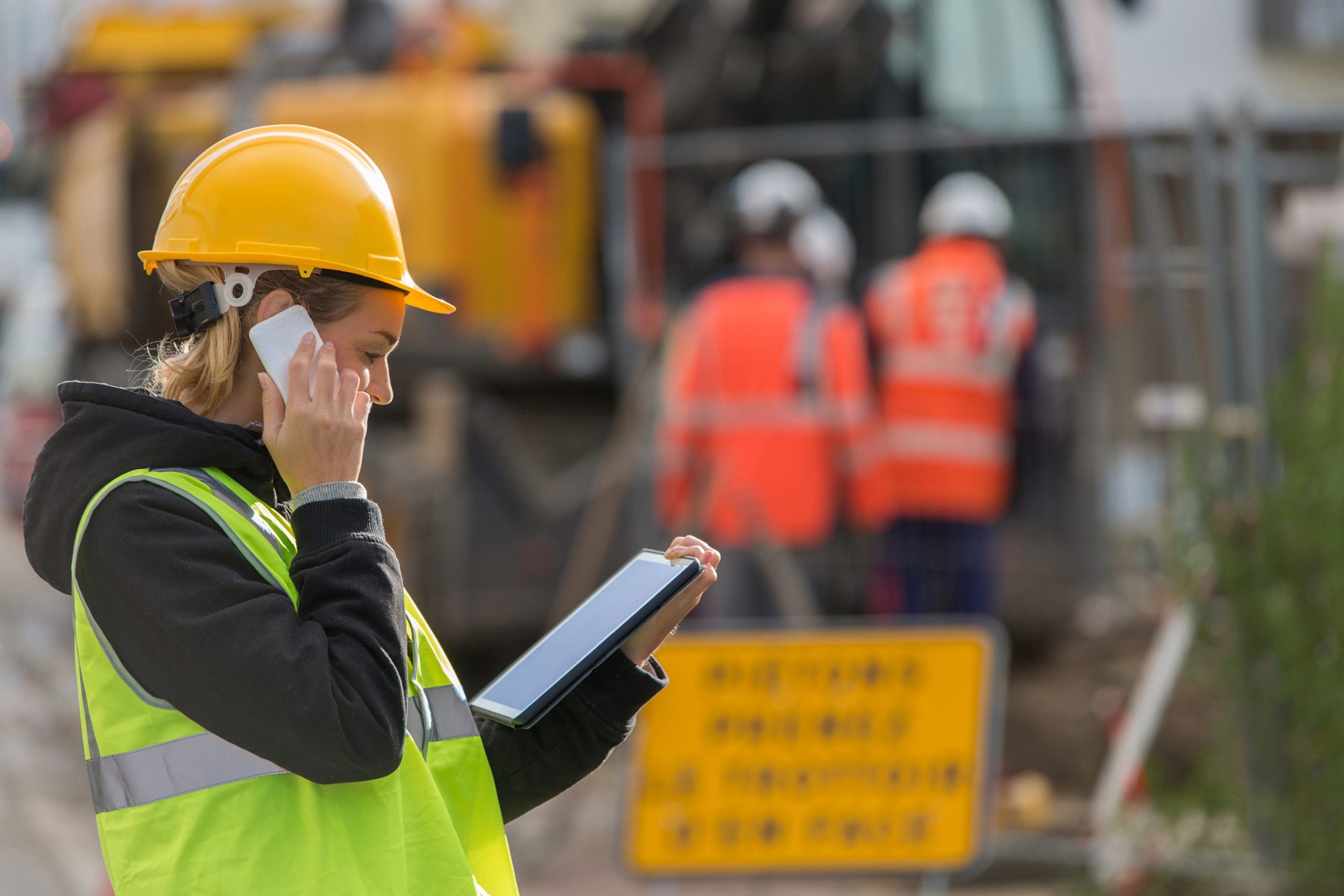
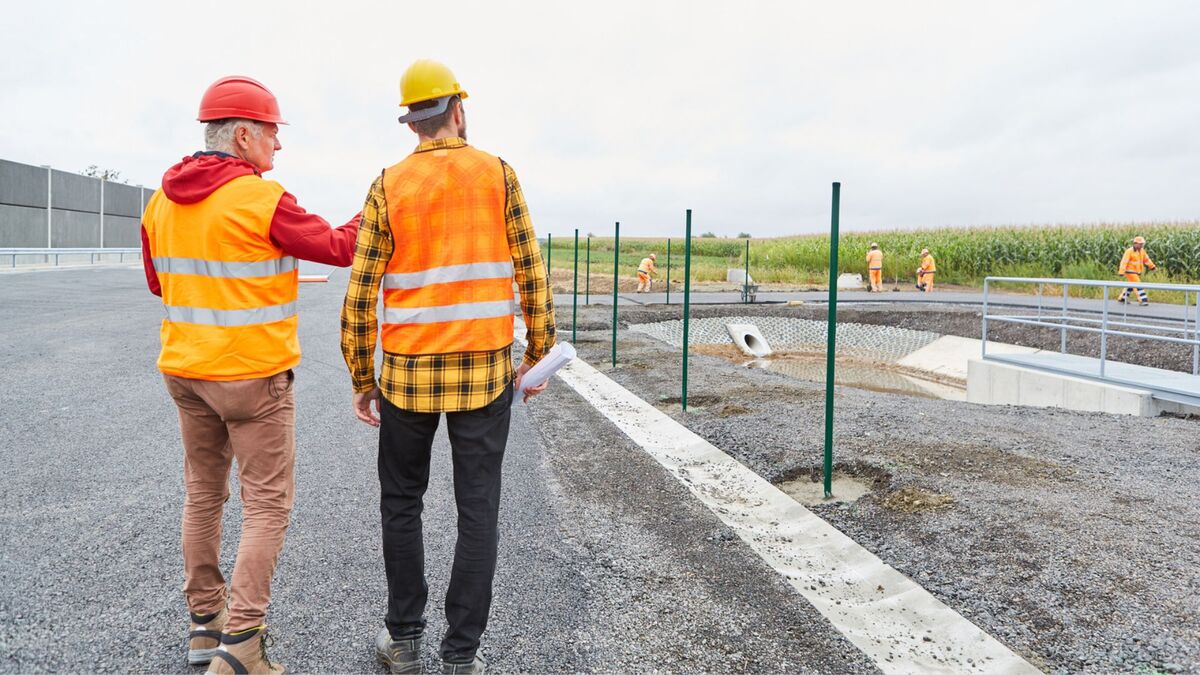
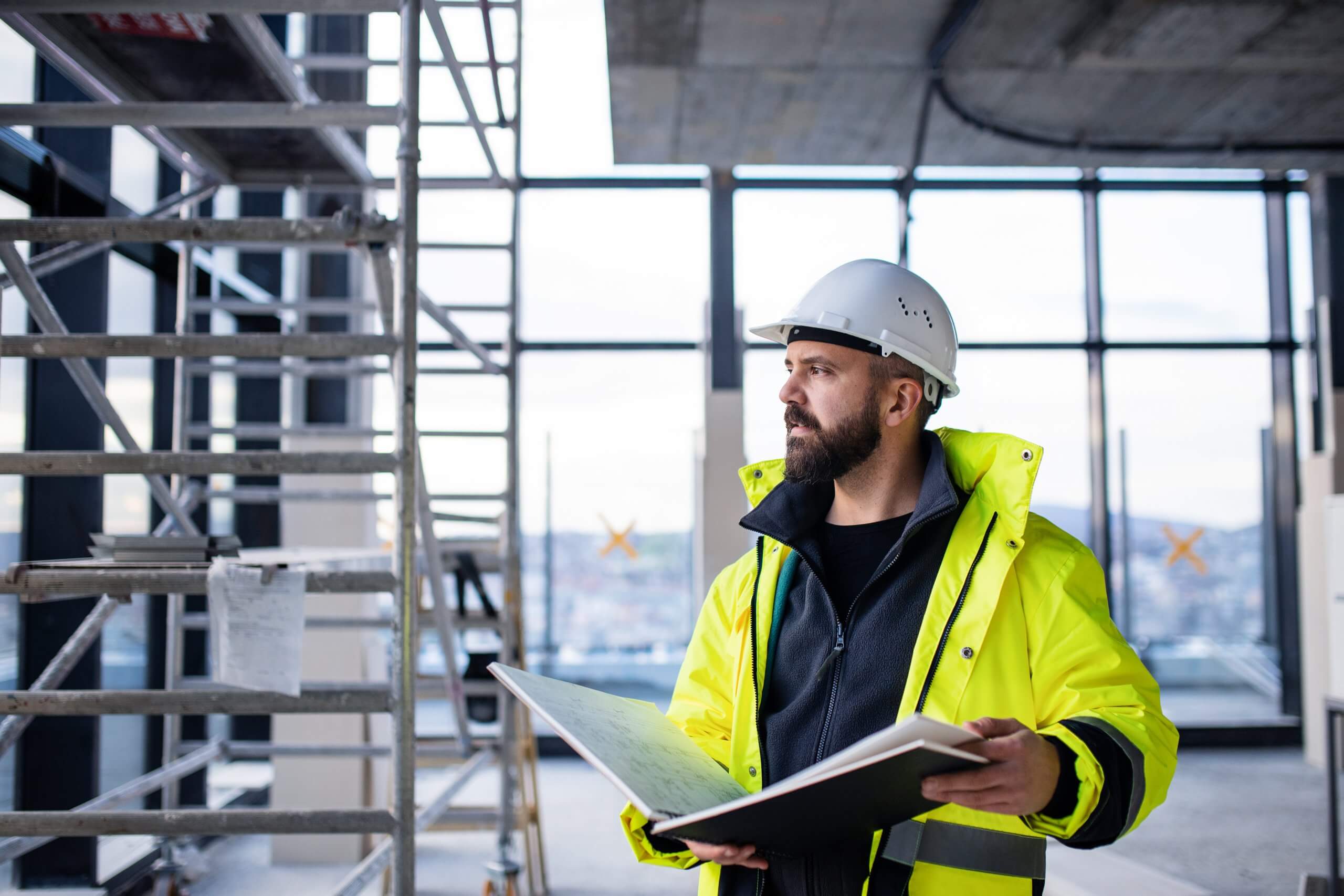

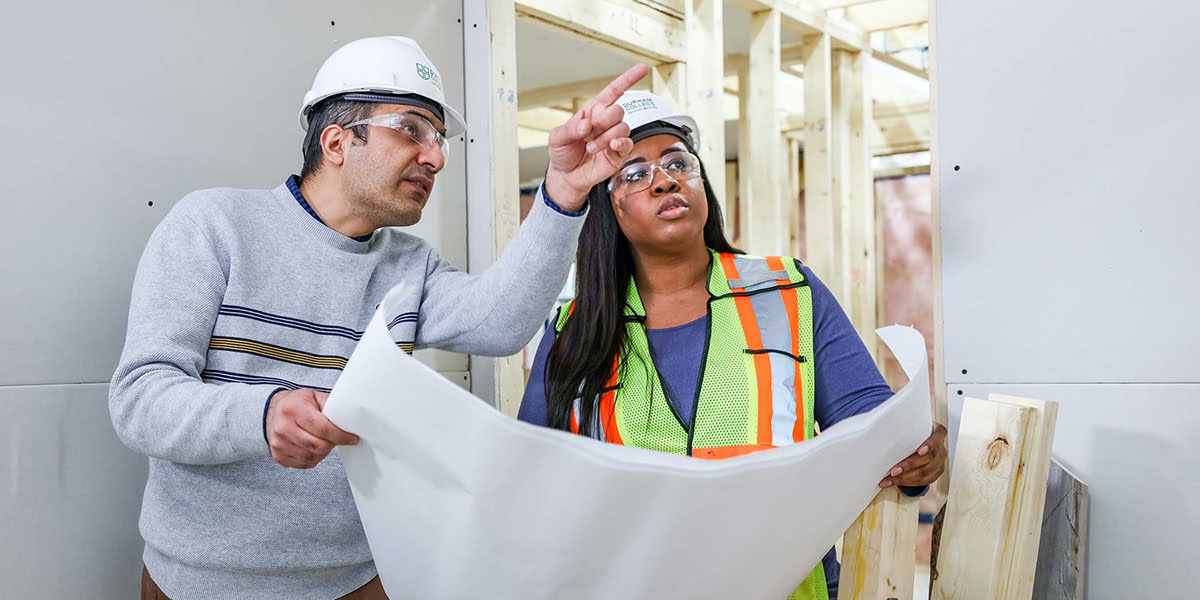

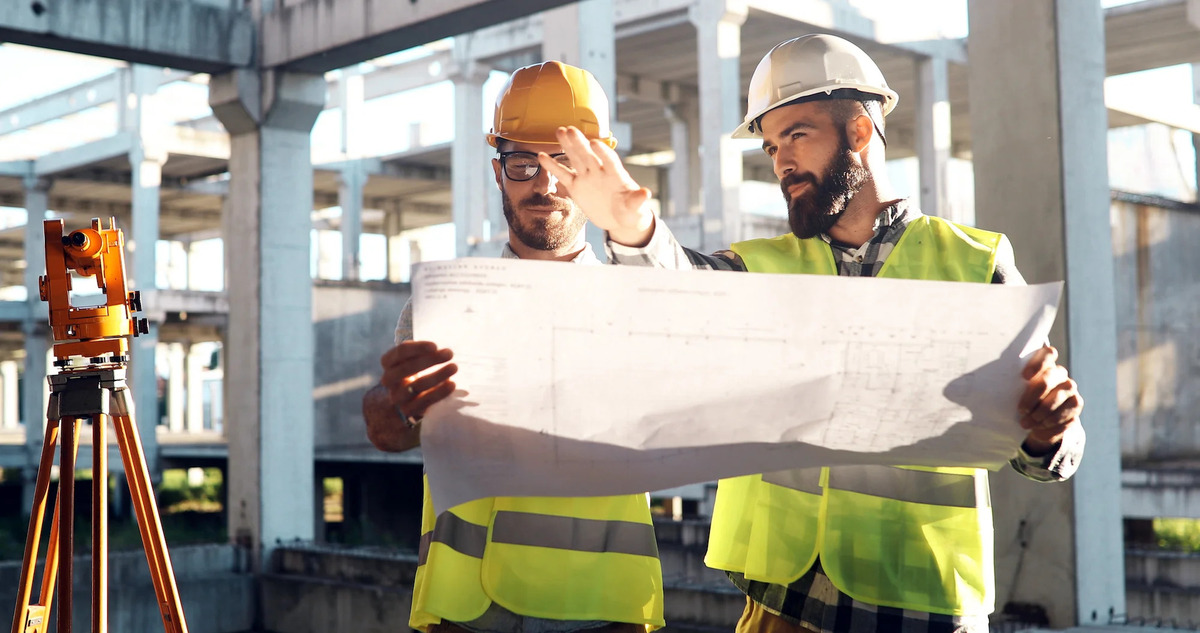
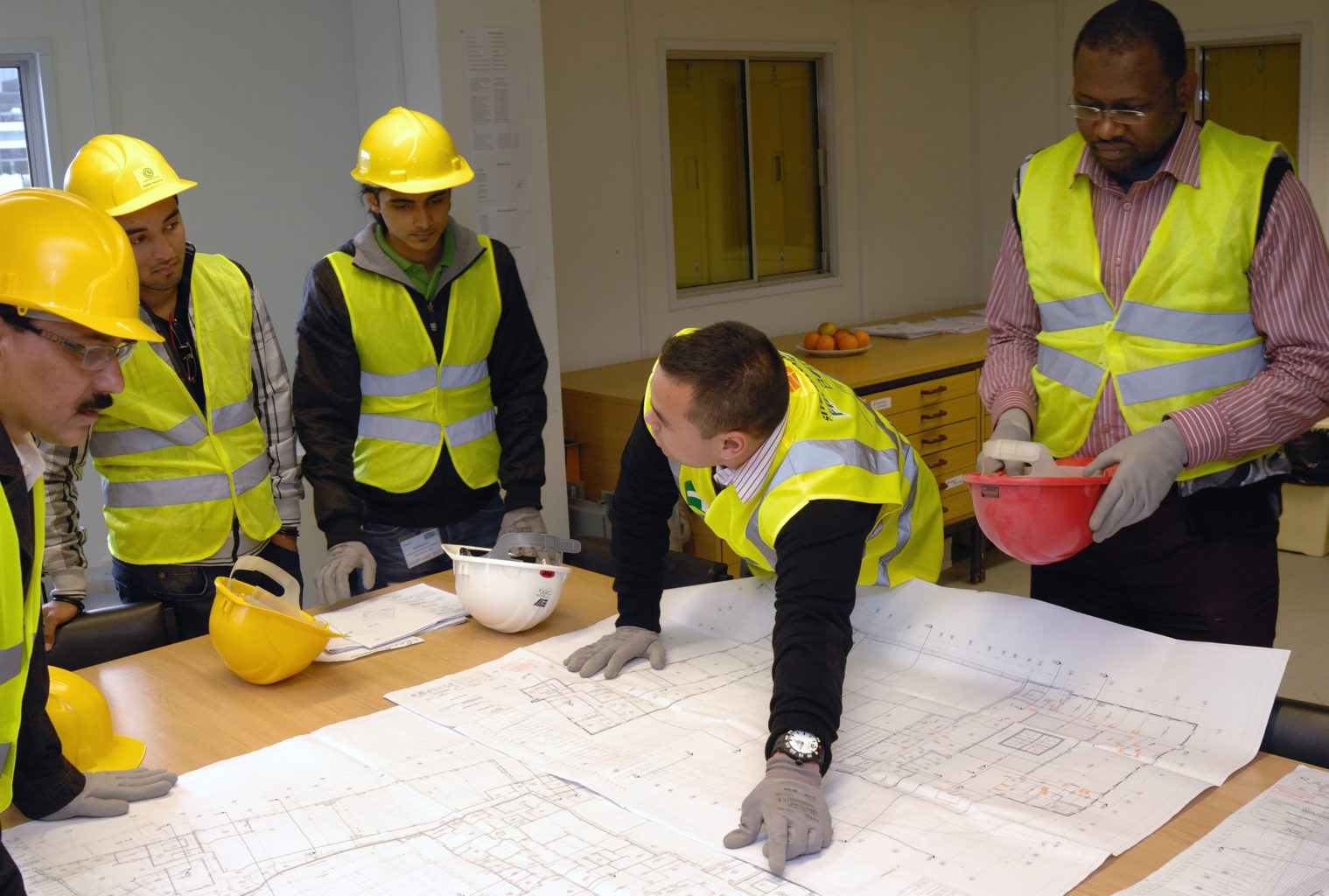
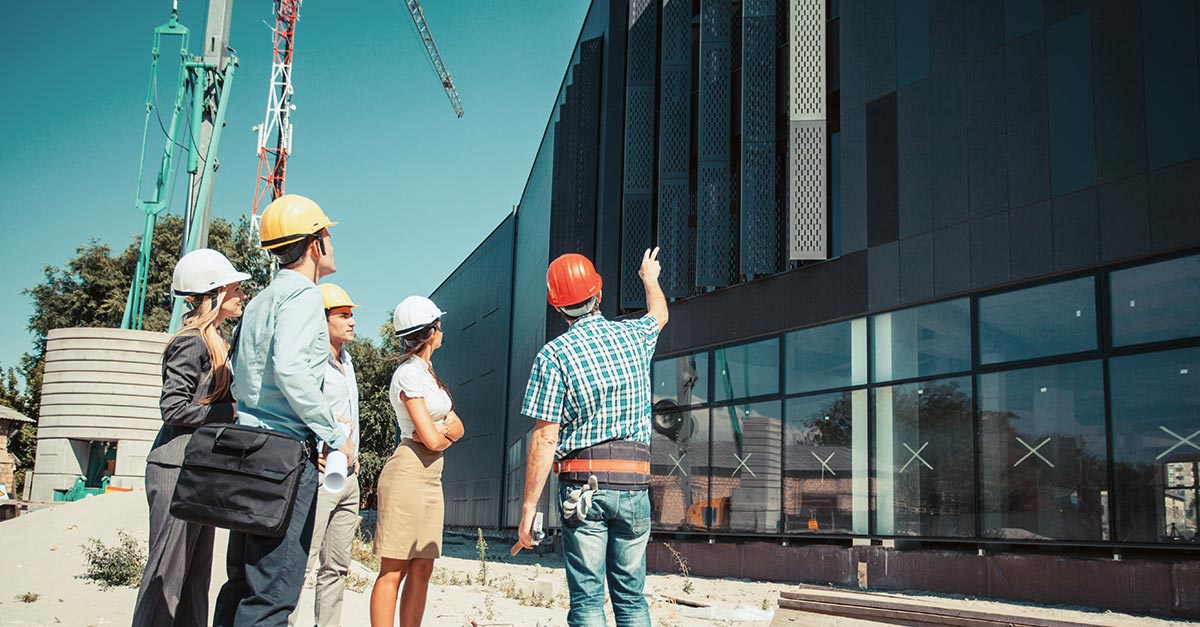

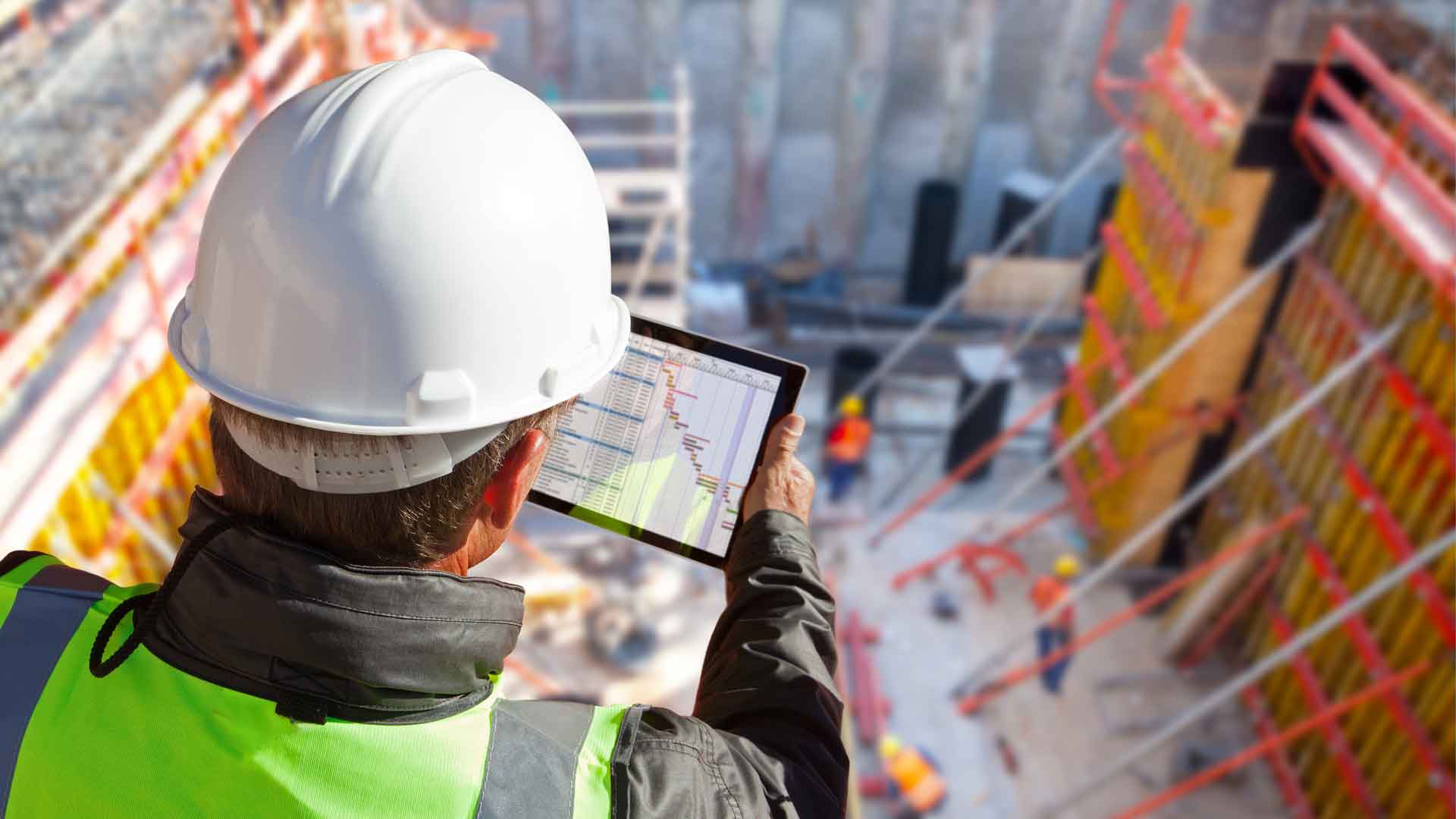
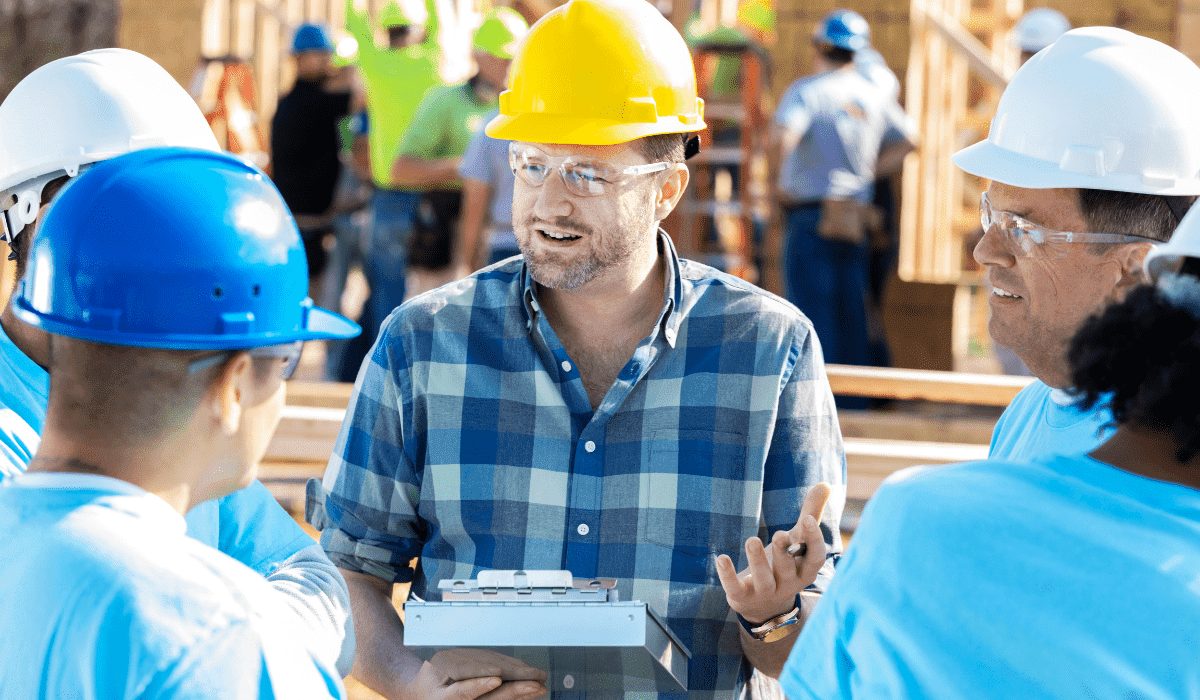

0 thoughts on “What Is Construction Safety Management”